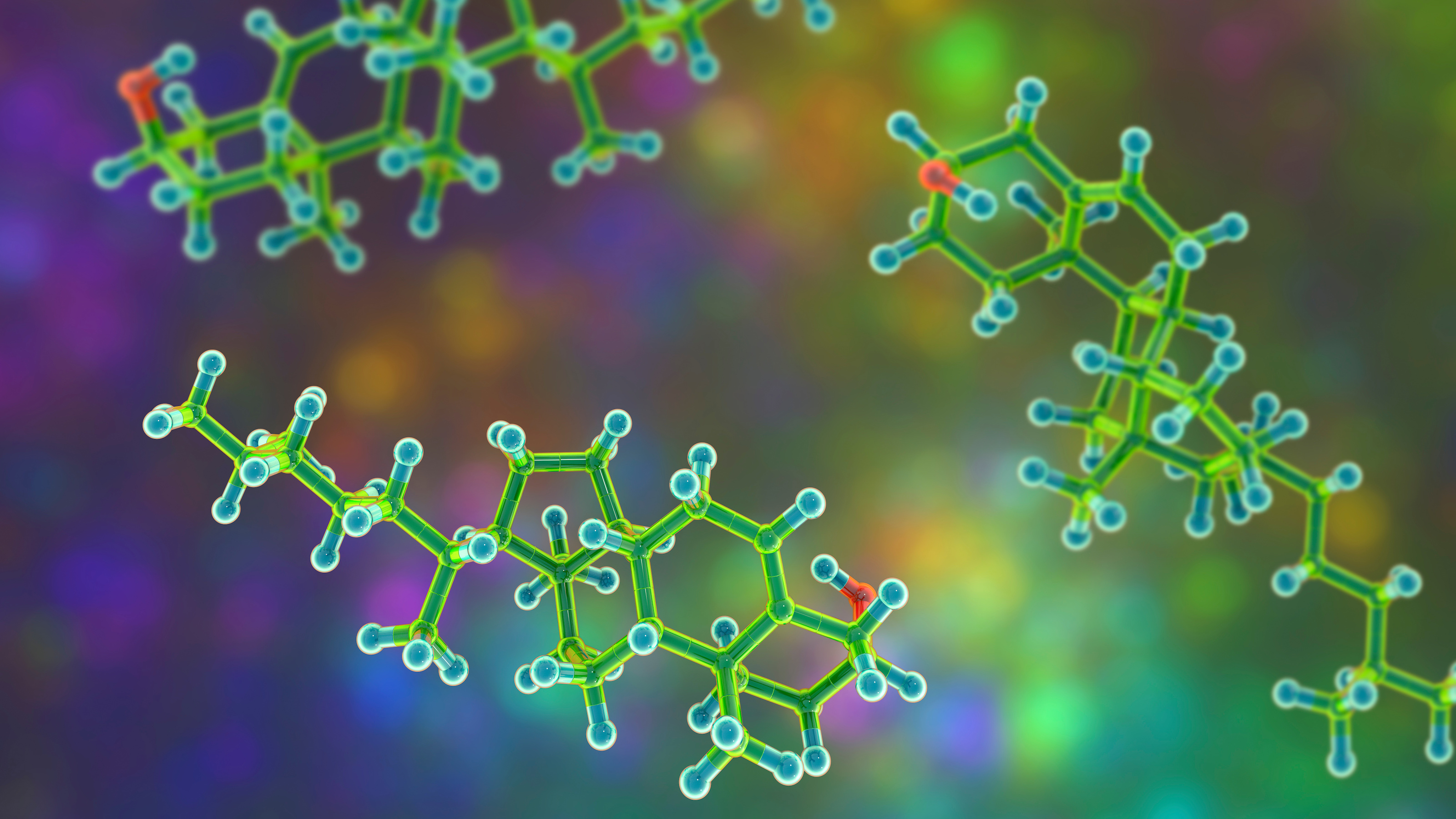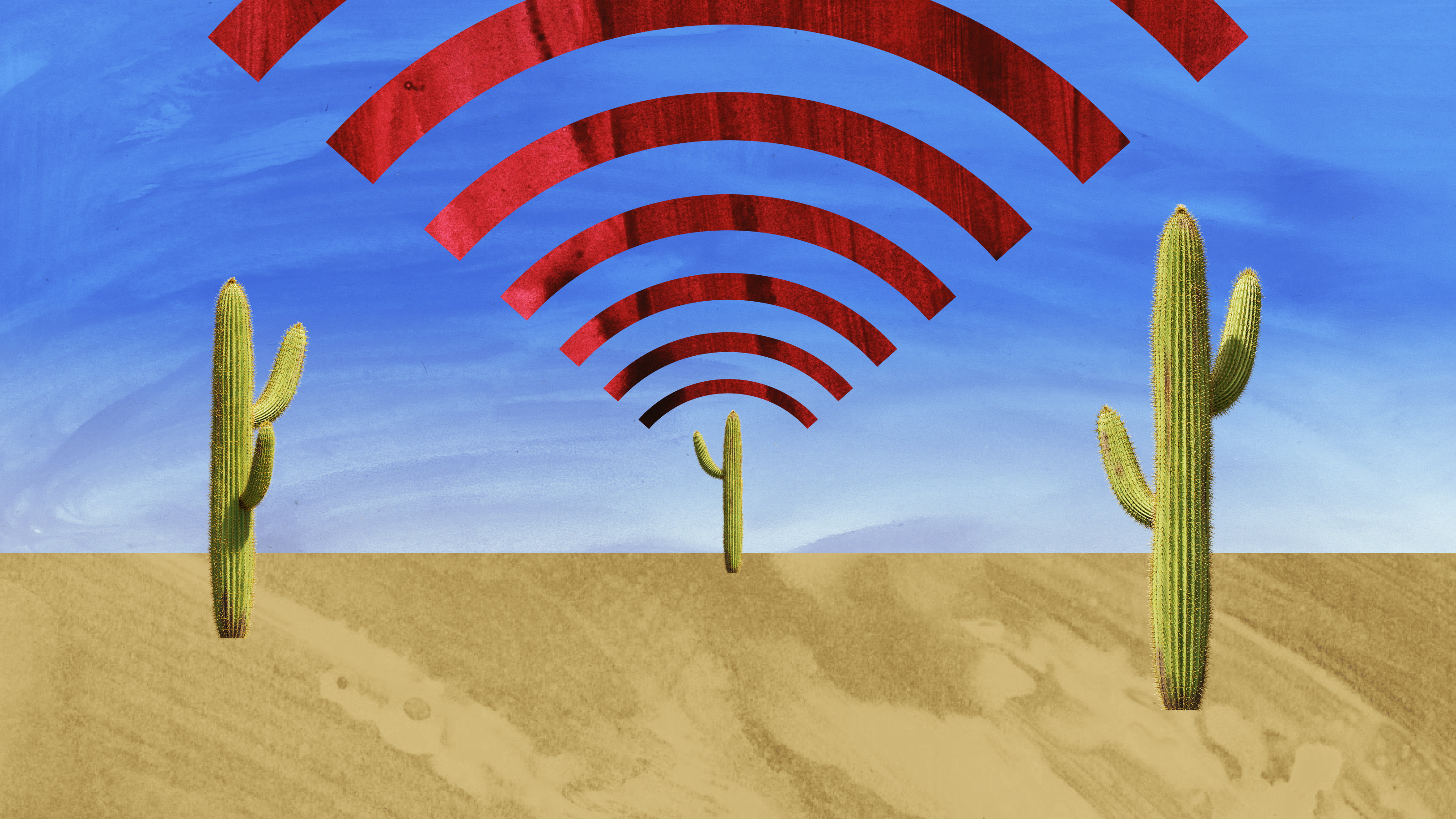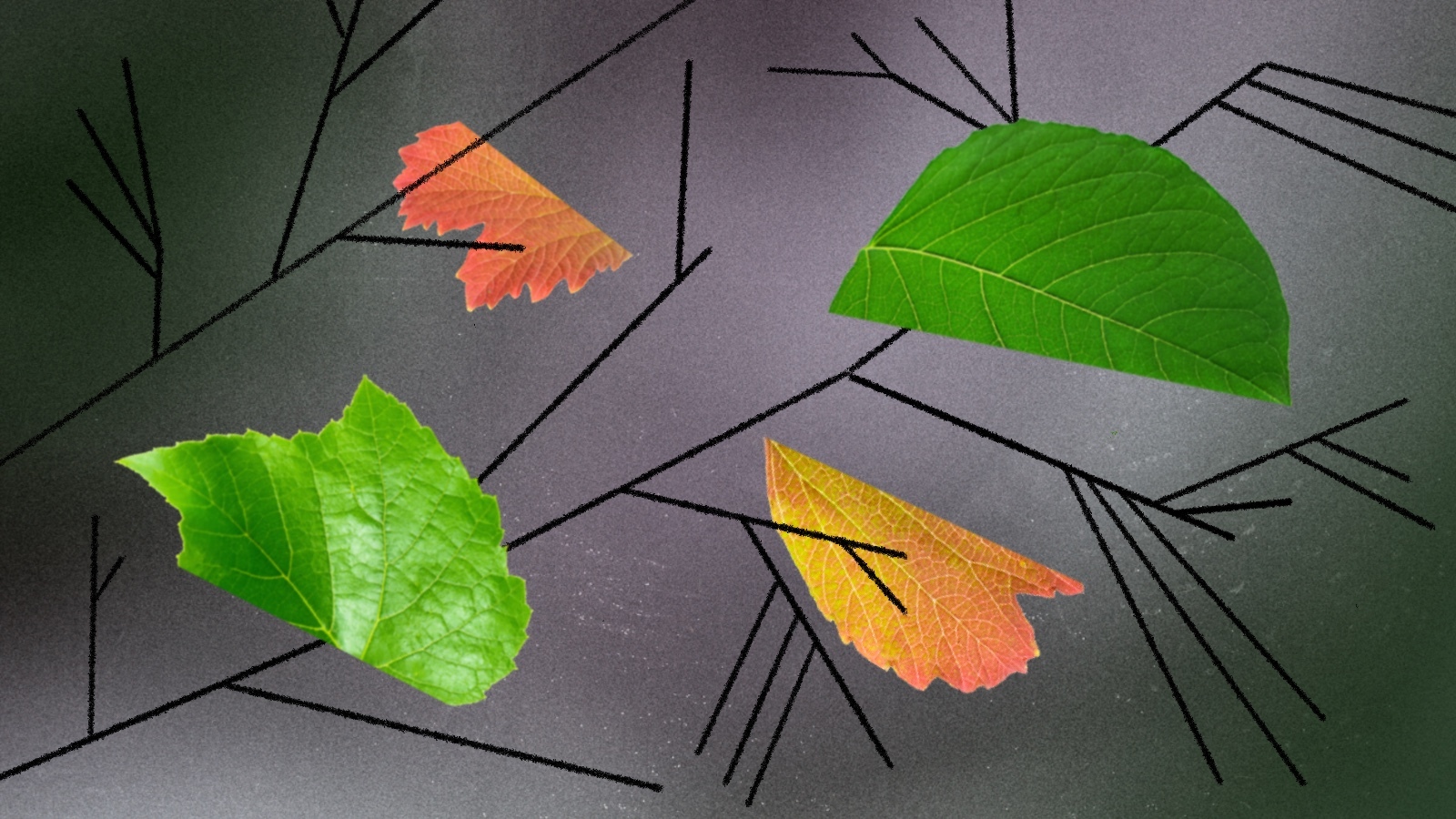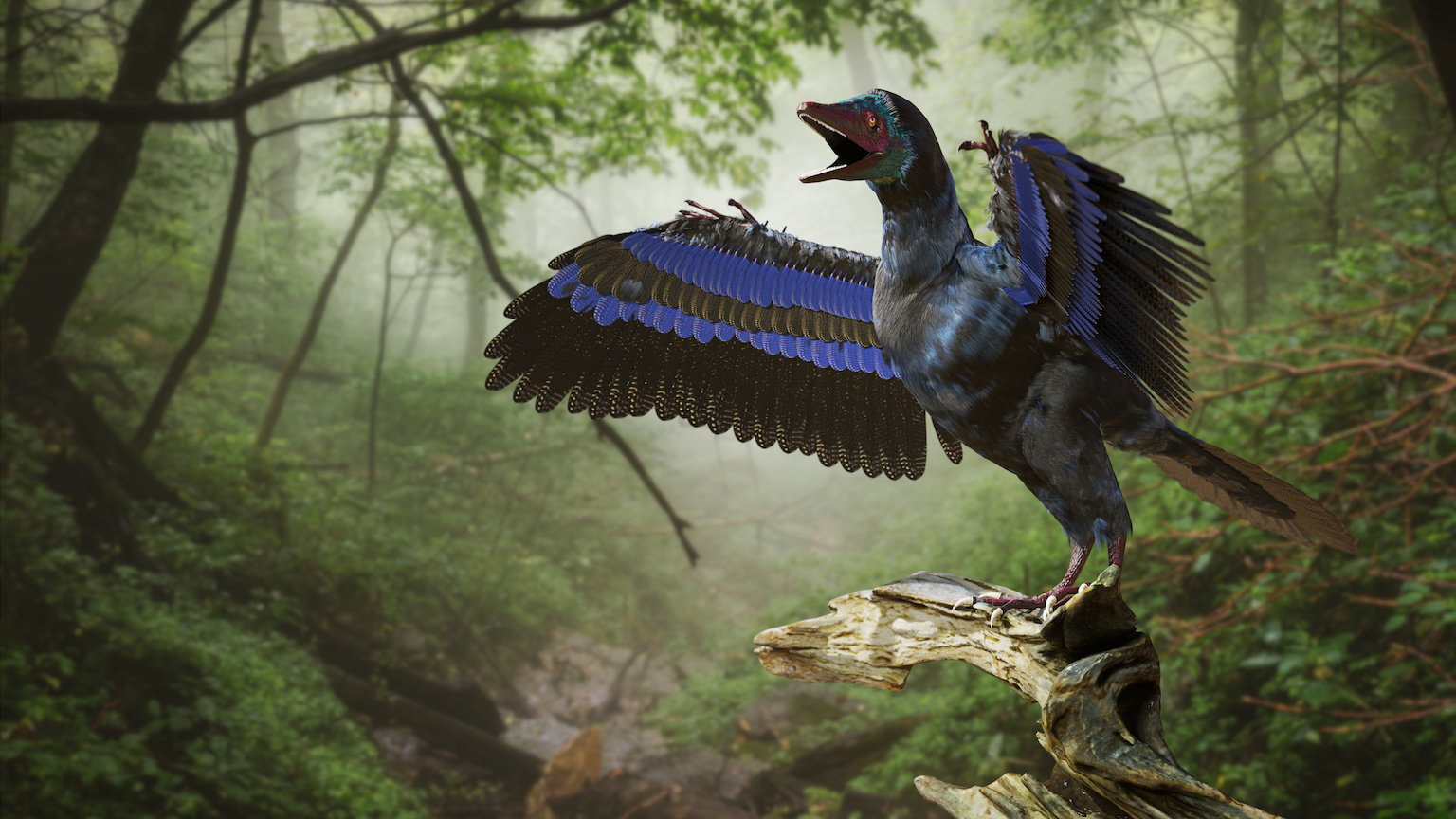Jasna Hodžić
Dr. Jasna Hodžić holds a Ph.D. in ecology and is a writer and editor based out of the western United States.

On November 25, U.N. members will meet in South Korea to cap off a series of meetings aiming to reduce global plastic pollution.
“If we could target those circuits very precisely, then there’s great potential to block the inflammation response for many diseases.”
The discovery suggests that the “Boring Billion” period of evolution on Earth wasn’t so boring after all.
They’re not just watching you; they’re also calculating.
A 1.5-million-year-old hominin bone shows signs that the victim was eaten by lions — and humans.
There were at least eight other human species, some of whom existed for far longer than we have. Who were they?
A study involving nearly 2,000 people found links between personality traits and the likelihood of moving toward or away from dementia.
Embark on a journey through one of the most profound ecological transitions in the history of complex life.
We don’t know what causes Miyake events, but these great surges of energy can help us understand the past — while posing a threat to our future.
The moths in your garden might hear your tomato plant’s pain.
Ancient humans crossed the Bering Strait land bridge from Asia into North America. But some of them went back.
Carnivores, herbivores, omnivores — and now virivores.
Toxoplasmosis, which results from a chance encounter with a cougar and the parasite it carries, can push a wolf to seek alpha status.
The dating pool is small — no pun intended.
We want to fight invasive species. But to wage a war, you have to know who your enemy is.
Tracing the origin and development of jaws — and other anatomical features that humans share — sheds some light on how we came to be.
Pando is a stand of aspen in Utah that is 14,000 years old and weighs 12 million pounds. Humans threaten to end its long reign.
Advances in ancient DNA analysis gave researchers a new way to trace the movements of peoples across Eurasia.
Asteroid collisions aren’t always bad.
The 557-million-year-old specimen challenges the theory that animal body plans were laid out in the Cambrian explosion.
Predatory dinosaurs with big skulls tend to have tiny arms. Researchers propose there might be a direct link between those traits.
New research finds that dinosaurs were already adapted to living in cold climates before the end-Triassic mass extinction. But how?
Fossils of Australopithecus in a South African cave are one million years older than previously thought. This challenges the consensus that humans first evolved in East Africa.
All marbled crayfish descended from a single clone discovered in Heidelberg, Germany in 1995.
It’s not about leaves in tall trees.
The long-standing debate over whether dinosaurs were more like birds or lizards is drawing to a close.
We already know animals feel emotions, and that they can understand humans’ emotions. But can they understand each other’s emotions?
A recent advance in 3D imaging techniques helped spark the biggest ever discovery of North American cave art.





























